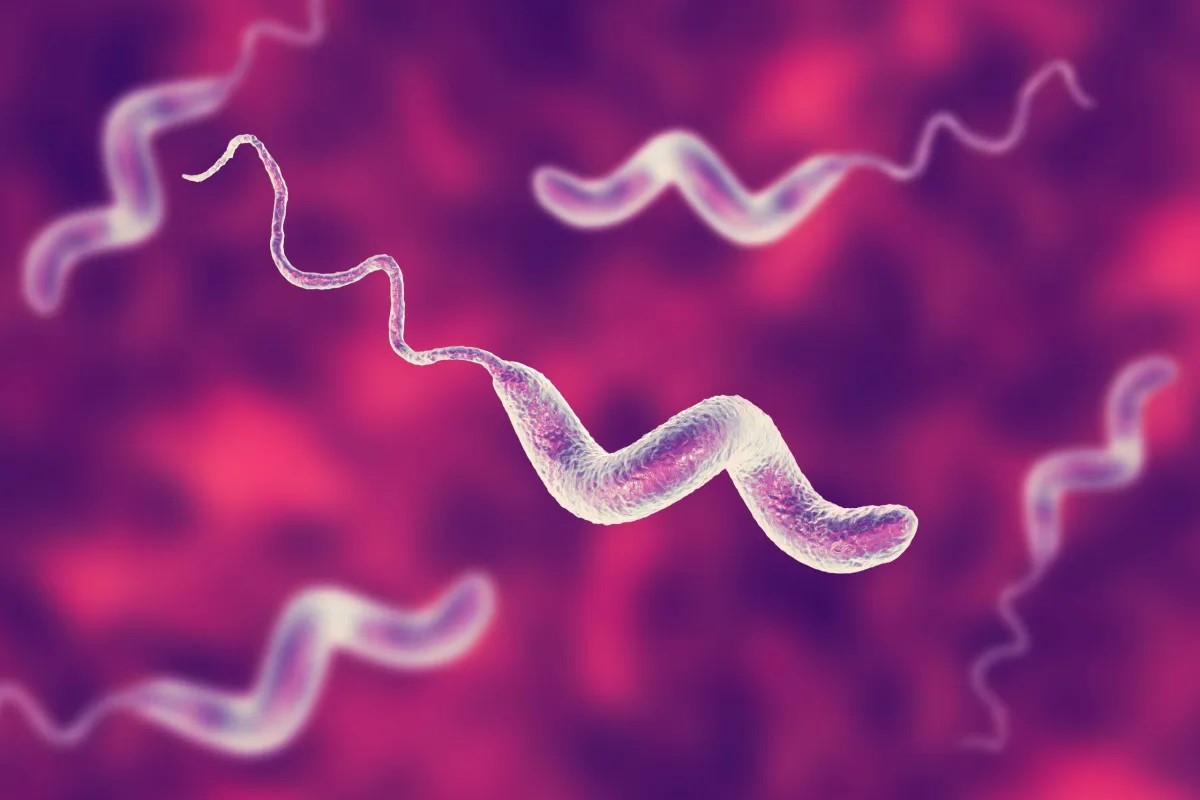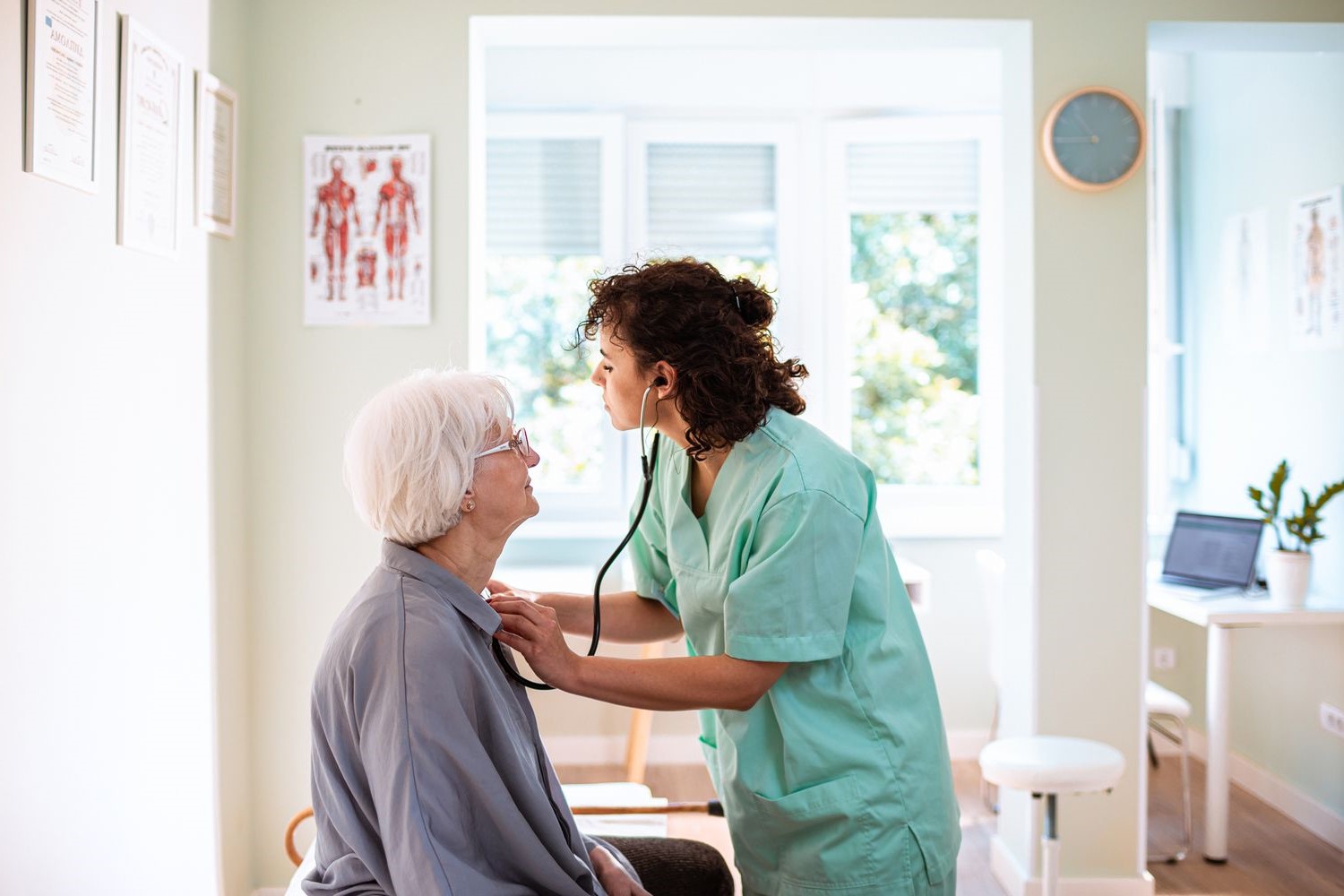
Campylobacteriosis is a bacterial infection that often flies under the radar, but it's more common than you might think. Caused by Campylobacter bacteria, this illness primarily spreads through contaminated food or water. Symptoms can range from mild to severe, including diarrhea, cramping, abdominal pain, and fever. While most people recover without treatment, some cases can lead to serious complications. Understanding how to prevent and treat campylobacteriosis is crucial for maintaining good health. In this post, we'll explore 40 facts about this infection, shedding light on its causes, symptoms, prevention, and treatment. Get ready to become well-informed about campylobacteriosis!
Key Takeaways:
- Campylobacteriosis is a common bacterial infection primarily found in undercooked poultry. Proper food handling and hygiene are crucial in preventing its spread and avoiding complications.
- Recognizing symptoms and seeking timely medical attention can help in managing Campylobacteriosis. Most cases do not require antibiotics, and hydration is crucial for recovery.
What is Campylobacteriosis?
Campylobacteriosis is an infection caused by bacteria from the genus Campylobacter. It primarily affects the intestines, leading to symptoms like diarrhea, fever, and stomach cramps. Let's dive into some fascinating facts about this common bacterial infection.
-
Campylobacteriosis is one of the most common bacterial infections worldwide. It affects millions of people each year, especially in developing countries.
-
The bacteria responsible for this infection are typically found in raw or undercooked poultry. Consuming contaminated food is the primary way people get infected.
-
Campylobacter jejuni is the most common species causing the infection. This species is responsible for over 90% of human cases.
-
Symptoms usually appear 2 to 5 days after exposure. They can last about a week, but some people may experience longer-lasting effects.
-
Diarrhea is the most common symptom. It can be bloody and is often accompanied by abdominal pain and cramping.
-
Fever and nausea are also common symptoms. Some people may experience vomiting, though it is less frequent.
-
Most people recover without specific treatment. Rest and plenty of fluids are usually enough to manage the symptoms.
-
Antibiotics are rarely needed. They are typically reserved for severe cases or those with weakened immune systems.
-
Proper food handling can prevent infection. Cooking poultry thoroughly and avoiding cross-contamination are key preventive measures.
-
Campylobacteriosis can lead to serious complications. In rare cases, it can cause conditions like Guillain-Barré syndrome, a serious neurological disorder.
How is Campylobacteriosis Transmitted?
Understanding how Campylobacteriosis spreads can help in preventing it. The bacteria can be transmitted in several ways, making it important to know the common sources and routes of infection.
-
Contaminated water is a common source. Drinking or swimming in water contaminated with Campylobacter can lead to infection.
-
Contact with animals can also spread the bacteria. Pets, especially puppies and kittens, can carry Campylobacter without showing symptoms.
-
Unpasteurized milk is another risk factor. Consuming raw milk or products made from it can lead to infection.
-
Person-to-person transmission is rare but possible. It usually occurs through the fecal-oral route, especially in households with poor hygiene practices.
-
Improperly handled food is a major transmission route. Cross-contamination between raw and cooked foods can easily spread the bacteria.
-
Travelers to developing countries are at higher risk. Poor sanitation and food handling practices increase the likelihood of exposure.
-
Outbreaks can occur in institutional settings. Schools, nursing homes, and other places where people live in close quarters can see outbreaks of Campylobacteriosis.
-
Infected food handlers can spread the bacteria. If they do not practice good hygiene, they can contaminate the food they prepare.
-
Wild birds can also be carriers. They can contaminate water sources and food supplies with their droppings.
-
Household pets can be asymptomatic carriers. Regular veterinary check-ups and good hygiene can help reduce the risk.
Symptoms and Diagnosis of Campylobacteriosis
Recognizing the symptoms and knowing how Campylobacteriosis is diagnosed can help in seeking timely medical attention and preventing the spread of the infection.
-
Symptoms can vary in severity. While some people experience mild symptoms, others may have severe gastrointestinal distress.
-
Bloody diarrhea is a hallmark symptom. It distinguishes Campylobacteriosis from other types of bacterial gastroenteritis.
-
Abdominal pain can be intense. It often mimics appendicitis, leading to misdiagnosis in some cases.
-
Fever is common but usually mild. It typically does not exceed 102°F (39°C).
-
Nausea and vomiting are less common. When present, they usually occur early in the infection.
-
Symptoms can last up to a week. Most people recover fully within this time frame without medical intervention.
-
Diagnosis is usually confirmed through stool samples. Laboratory tests can identify the presence of Campylobacter bacteria.
-
Blood tests are rarely needed. They are typically reserved for severe cases or complications.
-
Imaging tests are not usually required. They may be used if there is suspicion of complications like appendicitis.
-
Early diagnosis can help prevent complications. Seeking medical attention at the onset of symptoms is crucial.
Treatment and Prevention of Campylobacteriosis
Effective treatment and preventive measures can help manage and reduce the incidence of Campylobacteriosis. Knowing what to do if you get infected and how to avoid it is essential.
-
Most cases do not require antibiotics. Rest and hydration are usually sufficient for recovery.
-
Severe cases may need medical intervention. Antibiotics like azithromycin or ciprofloxacin may be prescribed.
-
Hydration is crucial. Drinking plenty of fluids helps prevent dehydration caused by diarrhea.
-
Oral rehydration solutions can be helpful. They replace lost electrolytes and fluids more effectively than water alone.
-
Avoid anti-diarrheal medications. They can prolong the infection by slowing down the elimination of bacteria from the intestines.
-
Good hygiene practices can prevent infection. Washing hands thoroughly with soap and water is essential, especially after handling raw poultry or using the bathroom.
-
Proper food handling is key. Cooking poultry to an internal temperature of 165°F (74°C) kills Campylobacter bacteria.
-
Avoid cross-contamination in the kitchen. Use separate cutting boards and utensils for raw and cooked foods.
-
Drink only pasteurized milk. Avoid consuming raw milk or products made from it.
-
Be cautious when traveling. Drink bottled water, avoid raw foods, and practice good hygiene to reduce the risk of infection.
Final Thoughts on Campylobacteriosis
Campylobacteriosis, a bacterial infection often linked to contaminated food or water, poses significant health risks. Knowing the symptoms, such as diarrhea, fever, and abdominal cramps, can help in seeking timely medical attention. Preventive measures like proper food handling, cooking meat thoroughly, and practicing good hygiene are crucial in reducing infection chances. Awareness about this illness can lead to better health practices and fewer outbreaks.
Remember, while antibiotics can treat severe cases, most people recover with rest and hydration. Staying informed and vigilant about food safety can make a big difference. By understanding the facts about Campylobacteriosis, you’re better equipped to protect yourself and your loved ones. Stay safe, stay healthy, and always prioritize cleanliness in your daily routine.
Frequently Asked Questions
Was this page helpful?
Our commitment to delivering trustworthy and engaging content is at the heart of what we do. Each fact on our site is contributed by real users like you, bringing a wealth of diverse insights and information. To ensure the highest standards of accuracy and reliability, our dedicated editors meticulously review each submission. This process guarantees that the facts we share are not only fascinating but also credible. Trust in our commitment to quality and authenticity as you explore and learn with us.


